
To get a free quotation for hair transplant costs or book a reservation please fill in the consultation form...
To get more informatin please contact us...
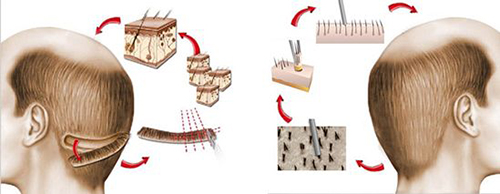
There are two well-known hair transplant methods; FUT (Folliculer Unit Transport) and FUE (Follicular Unit Extraction). Both methods involve follicular transplant, meaning follicles are extracted from donor area and transplanted in the recipient area; but the way follicles are extracted and transplanted is different in each case.

In FUE, individual follicles are extracted from the donor area and transplanted to the recipient area one by one; whereas in FUT, also known as strip method, a strip of hair follicles is taken out from the donor area and transplanted on the area with baldness.
 Alcohol should be stopped 3 days before the surgery.
Alcohol should be stopped 3 days before the surgery.
People who don't have chronic diseases and have enough donor hair can prefer hair transplant. Consulting an aesthetic and plastic surgery expert is a must for right decision.

Hair transplant is a minor surgery. Which is why it should be performed in medical centres or hospitals, under sterile conditions and by a team of experts.
Turkish Ministry of Health regulations requires that the Plastic Surgery Specialist Doctors should perform hair transplant operations in surgery units.
 Hair transplant is usually performed using local anaesthesia under sedation. Sedation is not necessary if patient is comfortable. Local anaesthesia is used by injection between 30 and 60 seconds. Patient feels pain only during the skin contact of injection. You do not feel any pain after the anaesthesia. The dose of anaesthesia is very important and should be performed by / under control of a doctor.
Hair transplant is usually performed using local anaesthesia under sedation. Sedation is not necessary if patient is comfortable. Local anaesthesia is used by injection between 30 and 60 seconds. Patient feels pain only during the skin contact of injection. You do not feel any pain after the anaesthesia. The dose of anaesthesia is very important and should be performed by / under control of a doctor.
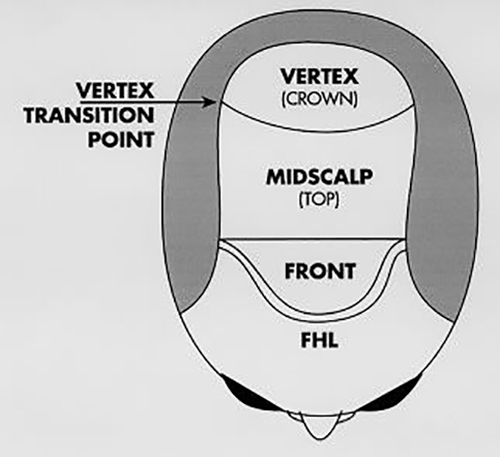 The most important part of precess is planning;
The most important part of precess is planning;
Adult males have average 100 thousand hairs on his head. The area with hair is about 500 c2. That means there are average 200 hairs in 1 cm2.
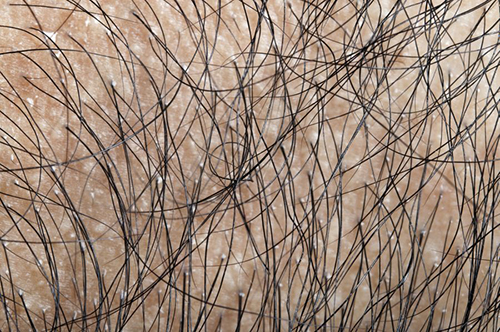 For human eyes %30-hair density is almost same with %100-hair density, if the hair is long and thicker. So, average 60-80 hairs per 1 cm2 are enough for normal look. Grafts have average 2.5 hairs in each other and 25-30 grafts are enough per 1 cm2 skin without hair.
For human eyes %30-hair density is almost same with %100-hair density, if the hair is long and thicker. So, average 60-80 hairs per 1 cm2 are enough for normal look. Grafts have average 2.5 hairs in each other and 25-30 grafts are enough per 1 cm2 skin without hair.
Even in Type 6 and Type 7 hair loss, average 6.000 grafts can be collected from sides and back of the head and transplant to the top in 2 or 3 sessions.
The most important factor for natural-looking results is the aesthetic design of front hairline and transplanting hair with enough density.

For the full hair loss design note the following;
There is a different colour and thickness between the scalp and forehead skin.
Forehead skin moves with the movement of the eyebrows, scalp does not move.
 Front hairline can be designed triangle, oval or flat according to patient’s request or sergeant’s decision.
Front hairline can be designed triangle, oval or flat according to patient’s request or sergeant’s decision.
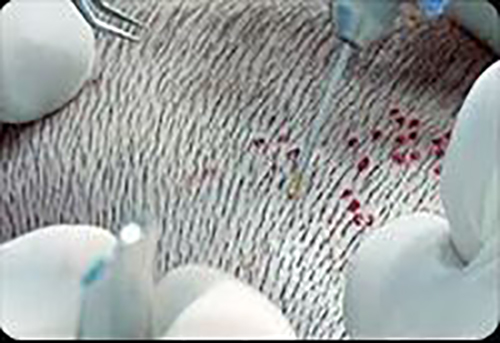 The second part of the process is collecting grafts from donor area and this process takes about 3 hours. Hair follicles are taken by a hair transplant robot. 0,6-0,8 punch is should be used for the robot.
The second part of the process is collecting grafts from donor area and this process takes about 3 hours. Hair follicles are taken by a hair transplant robot. 0,6-0,8 punch is should be used for the robot.
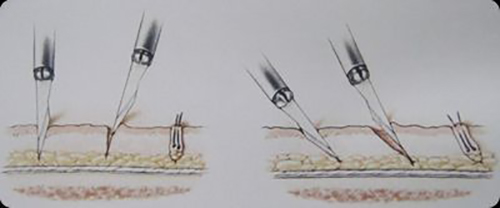
Opening the holes requires the most experience and technical skills. Holes should be opened as much as the grafts. Directions of the holes must be same with existing hairs.
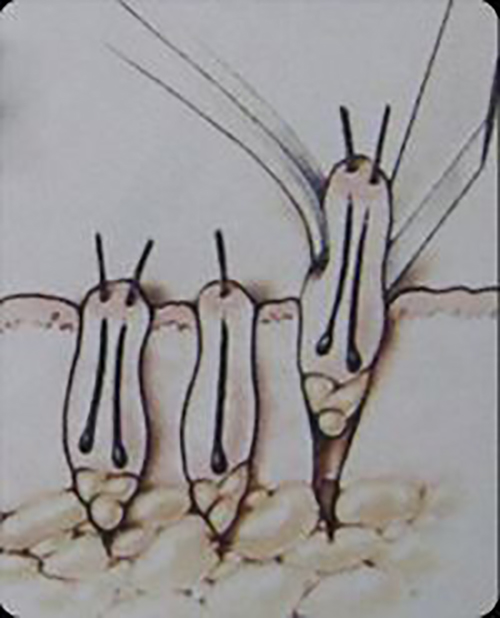 Grafts should be placed to the holes in the right direction. For the survival of the grafts blood circulation is a must on the scalp. Holes must be opened with enough frequency to allow that blood circulation. Only experienced teams of hair transplantation can perform according to these principles.
Grafts should be placed to the holes in the right direction. For the survival of the grafts blood circulation is a must on the scalp. Holes must be opened with enough frequency to allow that blood circulation. Only experienced teams of hair transplantation can perform according to these principles.
Transplanted hair becomes a part of the recipient area after 3-4 months. If necessary, new grafts can safely be planted to the area to increase the density of hair.
 Heavy works, sex, sports and alcohol are prohibited after operation for 1-2 weeks.
Heavy works, sex, sports and alcohol are prohibited after operation for 1-2 weeks.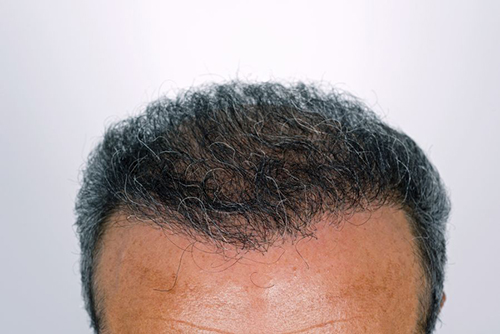 After 3 weeks: %60 of transplanted hair will fall.
After 3 weeks: %60 of transplanted hair will fall.
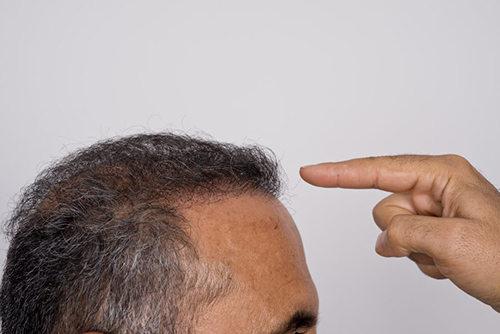 The hair follicles, retrieved from the nape, will not fall off. The genetic structure of the follicles in this region have a biology which provides the cell functions in order to keep them vital a lifetime and never to fall off. They preserve the cell structure in the transplanted region, too, and the transplanted hairs don’t fall off.
The hair follicles, retrieved from the nape, will not fall off. The genetic structure of the follicles in this region have a biology which provides the cell functions in order to keep them vital a lifetime and never to fall off. They preserve the cell structure in the transplanted region, too, and the transplanted hairs don’t fall off.